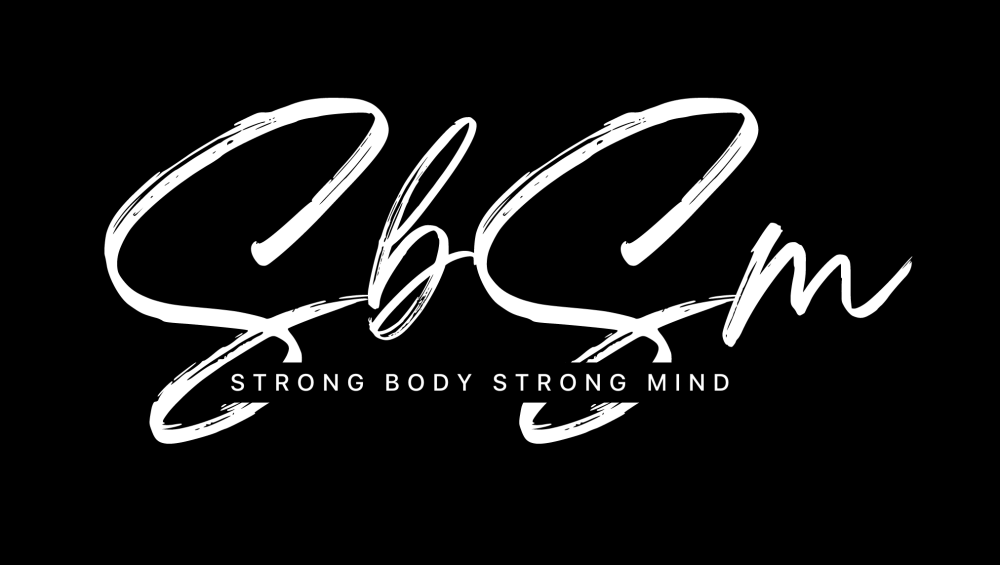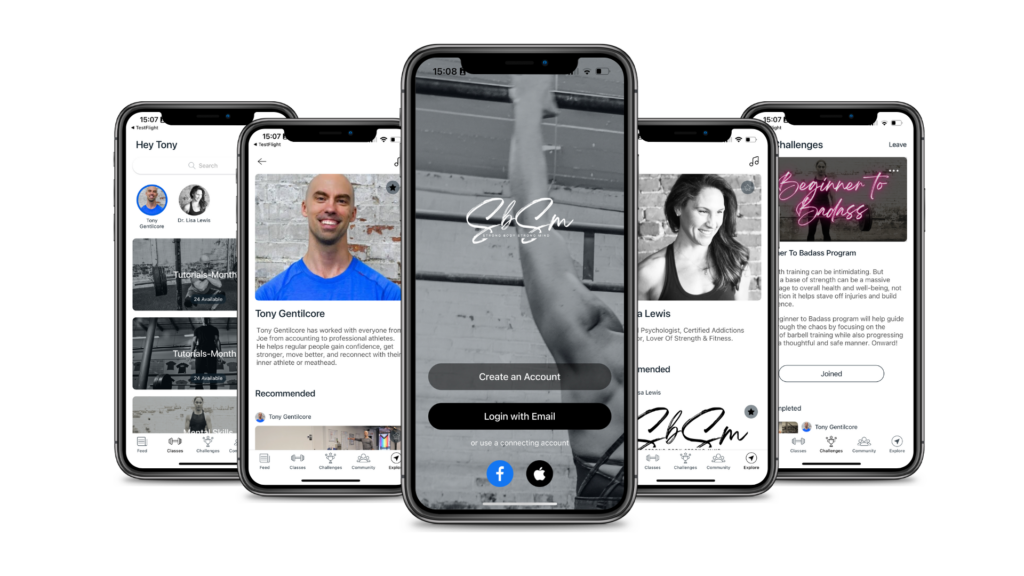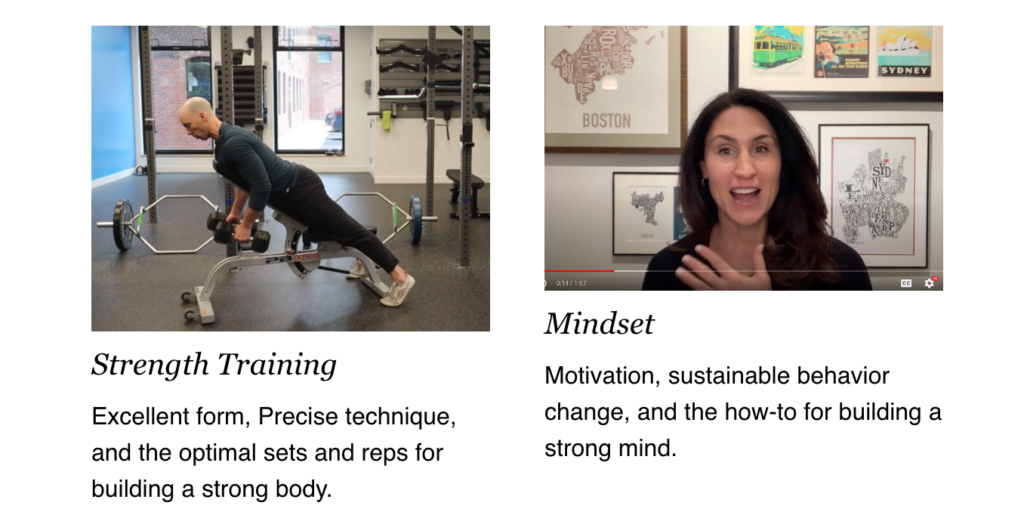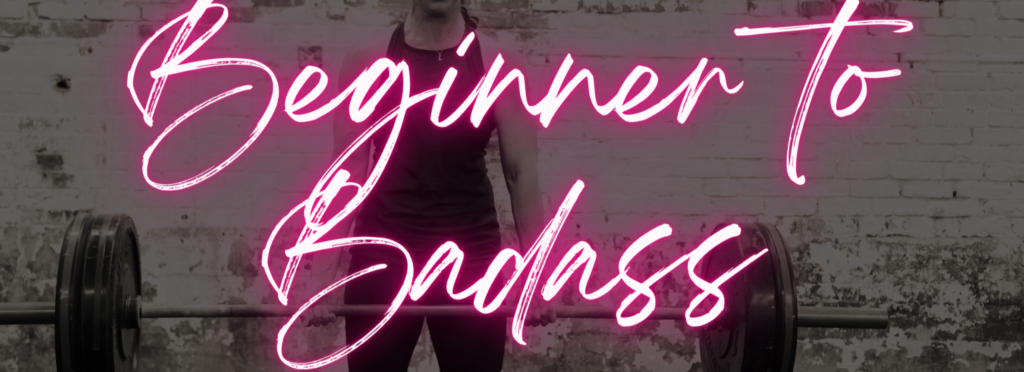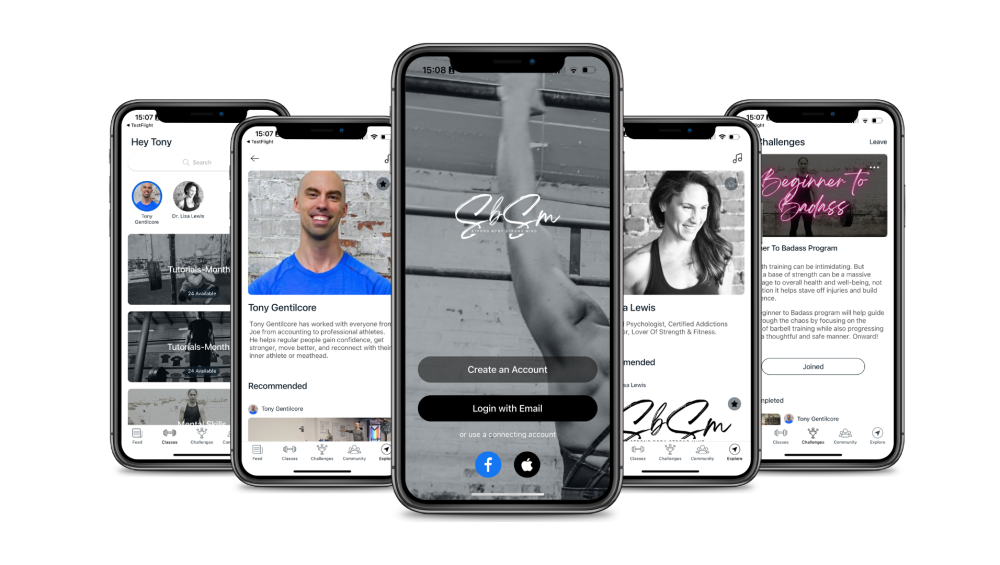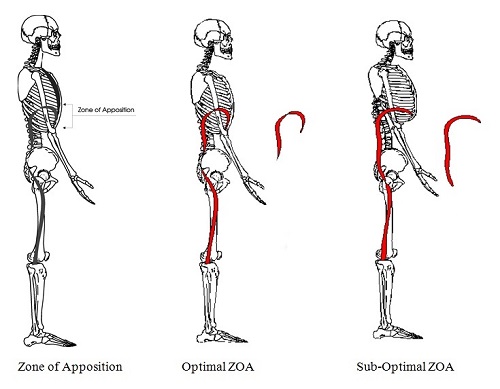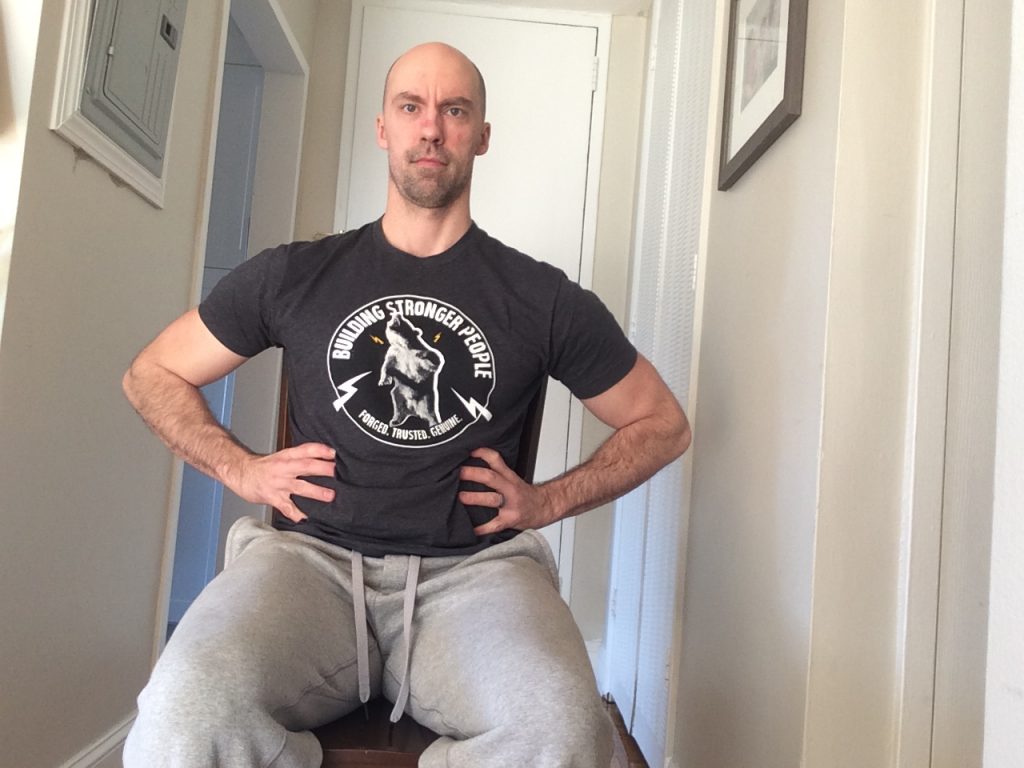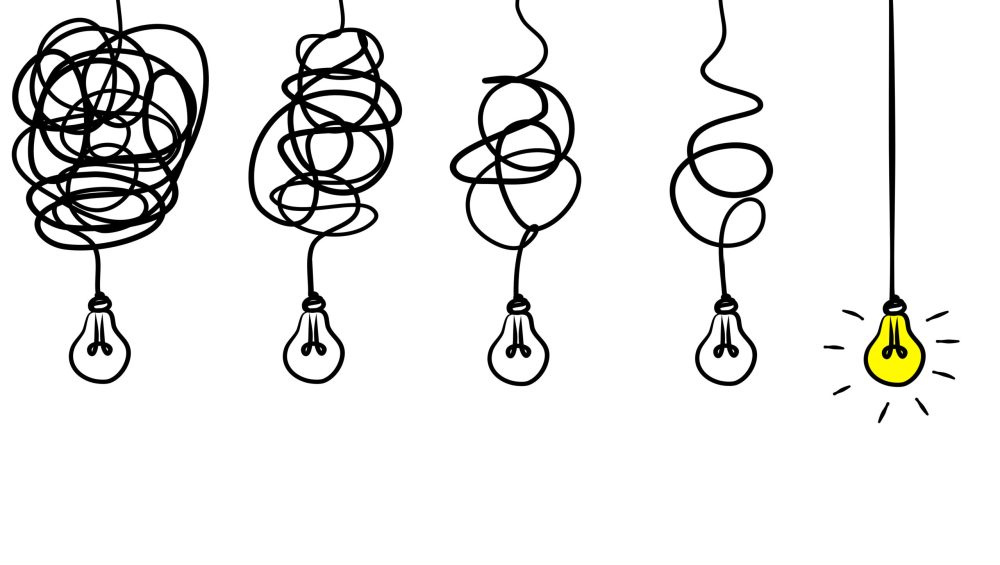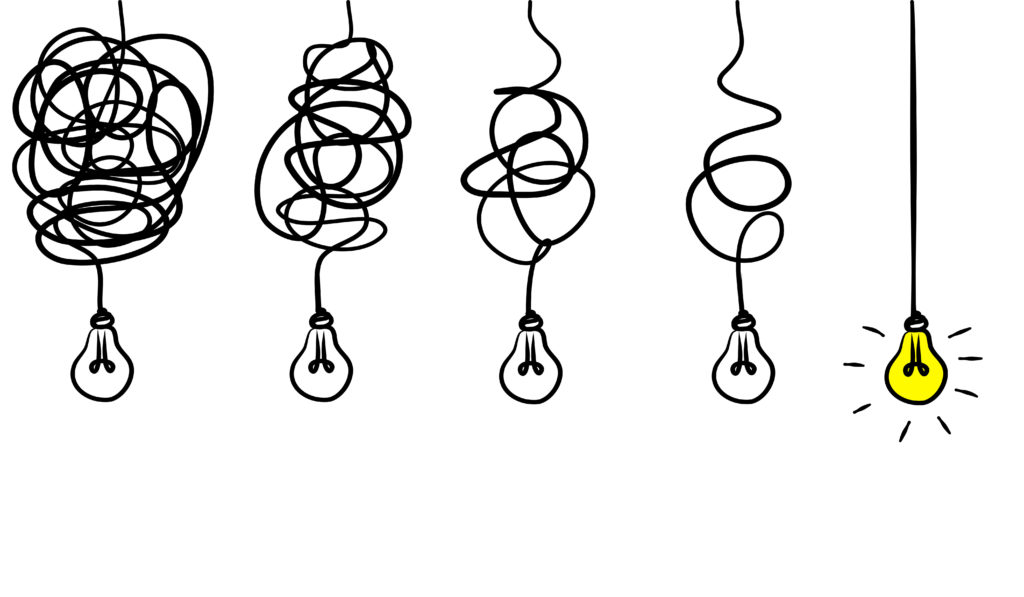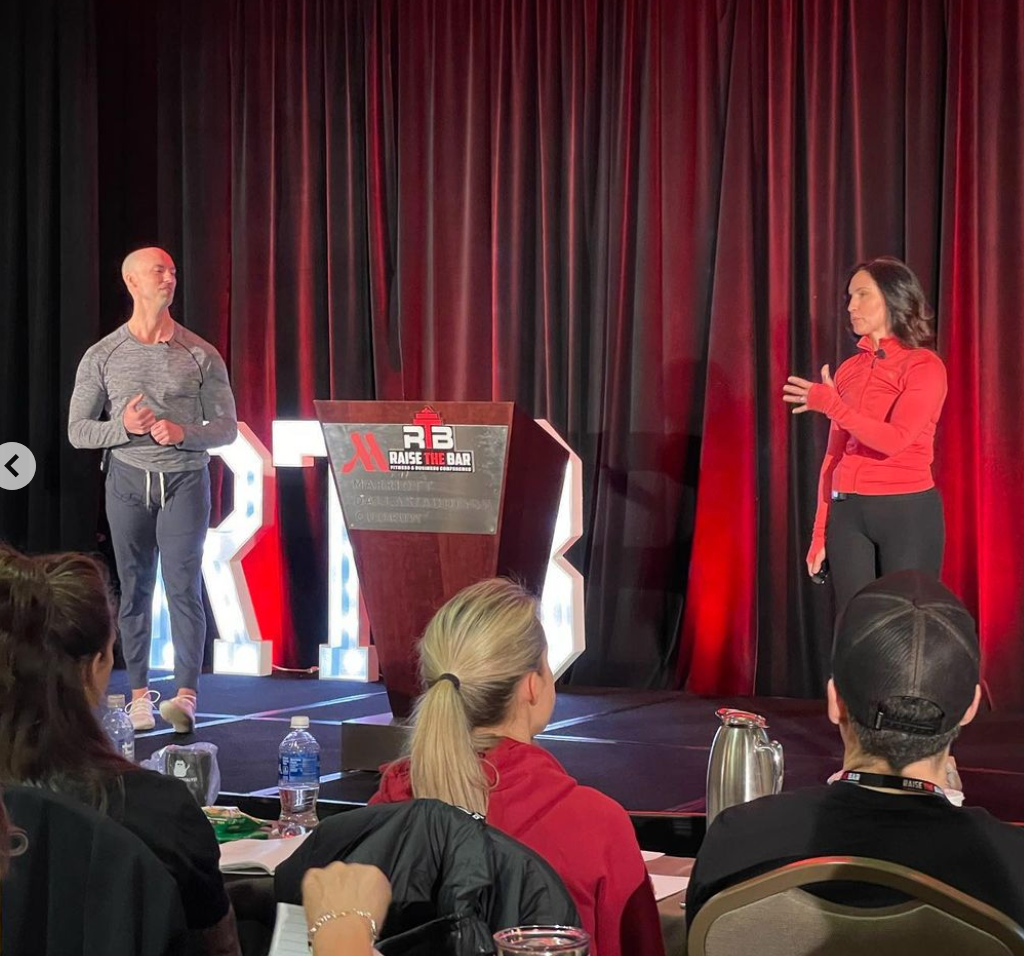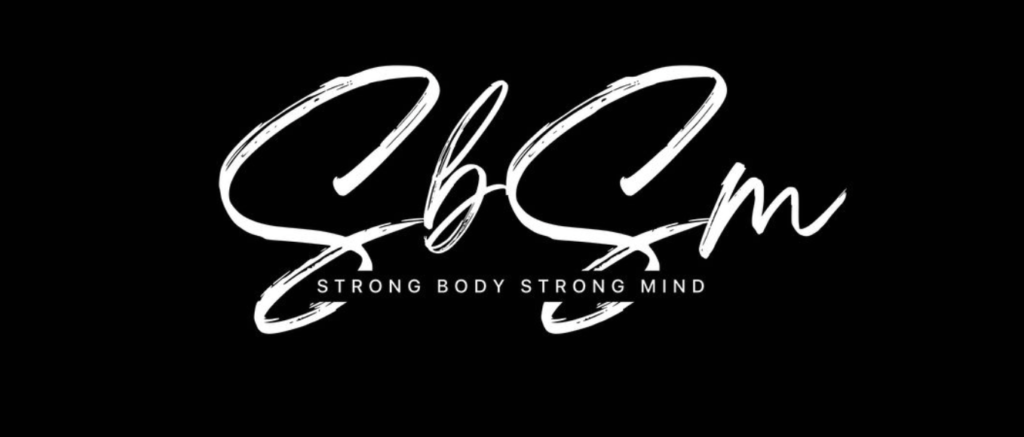We all know hyperbole when we see it.
In general, it’s purposeful use of exaggeration as a rhetorical device or figure of speech. It’s often used in writing (and communication as a whole) to evoke strong feelings and reaction from the audience. These reactions can range from a chuckle and an “aww shucks” eye roll to someone getting punched in the throat.
Hyperbole is everywhere (politics, dating, sports, Thanksgiving dinner) – for better or for worse.
More innocuous and inane examples of hyperbole – the “aww shucks” variety – would be:
- I’m so hungry I could eat a horse.
- “So and so” is about as intelligent as a ham sandwich.
- Attack of the Clones is a cinematic masterpiece.1
As a writer I love hyperbole because it can be a useful tool to add a bit of panache and entertainment value to a blog post or article in order to maintain people’s attention for more than 27 seconds.
Where I hate it is where this particular blog post comes into play.

Fitness Industry Hyperbole is Exhausting
A few weeks ago I was perusing Twitter when my feed fed me this piece of gargantuan eye wash (because, of course):
“STOP DOING BARBELL SQUATS!!! It’s a useless exercise that does way more harm than good to your body.”
This, my dear reader, is a choice example of the latter example of hyperbole mentioned above. You know, the kind that makes you want to wash your eyes with broken glass.
Now, I don’t know the person who wrote it (I’m choosing not to directly mention them here), and I have zero insights into why this person is so vehemently against barbell squats. What I do know – from checking out this person’s profile – is that they’re a Chiropractor, they seem to build a lot of their online persona around this idea that most people lack mental toughness, and that “bad posture” is the reason why most people are in pain.
Not for nothing, but…
…I’d make the case that the reason why a lot of people are in pain is because they’re chronically weak (muscularly), not because their TL junction needs adjusting every two weeks.
(Which, not ironically, can be improved, drastically – and long-term – with some properly progressed strength training.2 If you don’t force the body to adapt to load or stress, then how can you really expect meaningful change? If the only intervention is adjusting and cracking someone’s bones to fit some “textbook perfect posture” narrative, and it’s something that needs to be repeated over and over and over again, to me, this is akin to using nothing but a band-aid to address a knife wound).
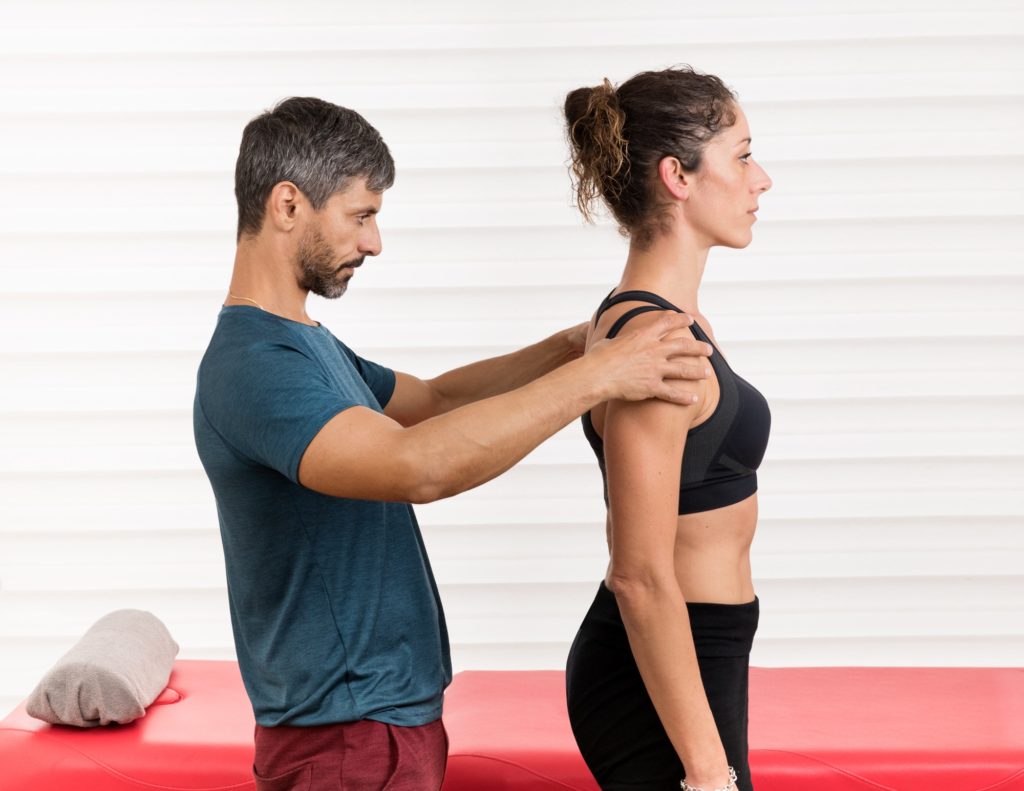
But let’s move beyond that.
The thing that rubs me the wrong way with this person’s train of thought is that it’s so egregiously self-aggrandizing. One thing that I despise in this industry – and something that makes me lose a lot of respect for someone when they do it – is thinking that THEIR WAY is the ONLY way to do something.
The easy comparison here is Mike Boyle.
I was in the room when, back in 2005, while recording Functional Strength Coach, he revealed to the strength & conditioning world that he no longer included back squats in his athletes’ programs.
I’m pretty sure this was the collective mood in the room when he said it:
He wasn’t tarred and feathered by the entirety of the profession, but in the years since he’s routinely received flak for his stance.
However, I’ve always respected his take and have never taken issue with it.
Why?
Because he’s never said:
“Stop doing barbell squats with YOUR athletes.”
He’s only said:
“I’ve stopped doing a barbell squats with MY athletes.”
Moreover, he’s always followed that up with a sound rationale & explanation of why he came to that decision in the first place. And whether or not you agree with him isn’t the point:
- They’re HIS athletes.
- My man is still producing bonafide beasts in the weight-room and on the playing field.
- Hard to argue with results.
Bringing things back to our friend from above.
Where I take issue is the insinuation that barbell squats – of any kind, in any situation, with any person, at any moment in time, even if they’re YOUR client and not mine – is dangerous or turning everyone into spinal compression walking balls of dysfunction.
To steal a quote from strength coach Gerry DeFilippo on that matter:
“How about this. Do exercises that fit your anatomical parameters and needs. More information, less fear mongering/cancelling of exercises.”
No diggidy, no doubt.


